Managing Woodland for Conservation – Part 1
Woodland forms a vital part of our ecosystem. This article discusses why we need to manage woodland and offers guidance on a range of practical and worthwhile interventions to ensure the best biodiversity.
Introduction
We are desperately short of woodland in Britain. Over the Mesolithic and Neolithic periods, spanning seven thousand years, the tree species and density will have waxed and waned, but it always formed a fundamental part of the ecology. Man has been cutting back and removing the trees since farming started in the late Neolithic and early Bronze Age, and has been changing the chemical structure of the soil over the same period. Britain now has only around 13% woodland and forest cover, and 70% of that is plantation, with half of that alien conifer; we have the lowest woodland cover in Europe, with other countries boasting between 25% and 70%.
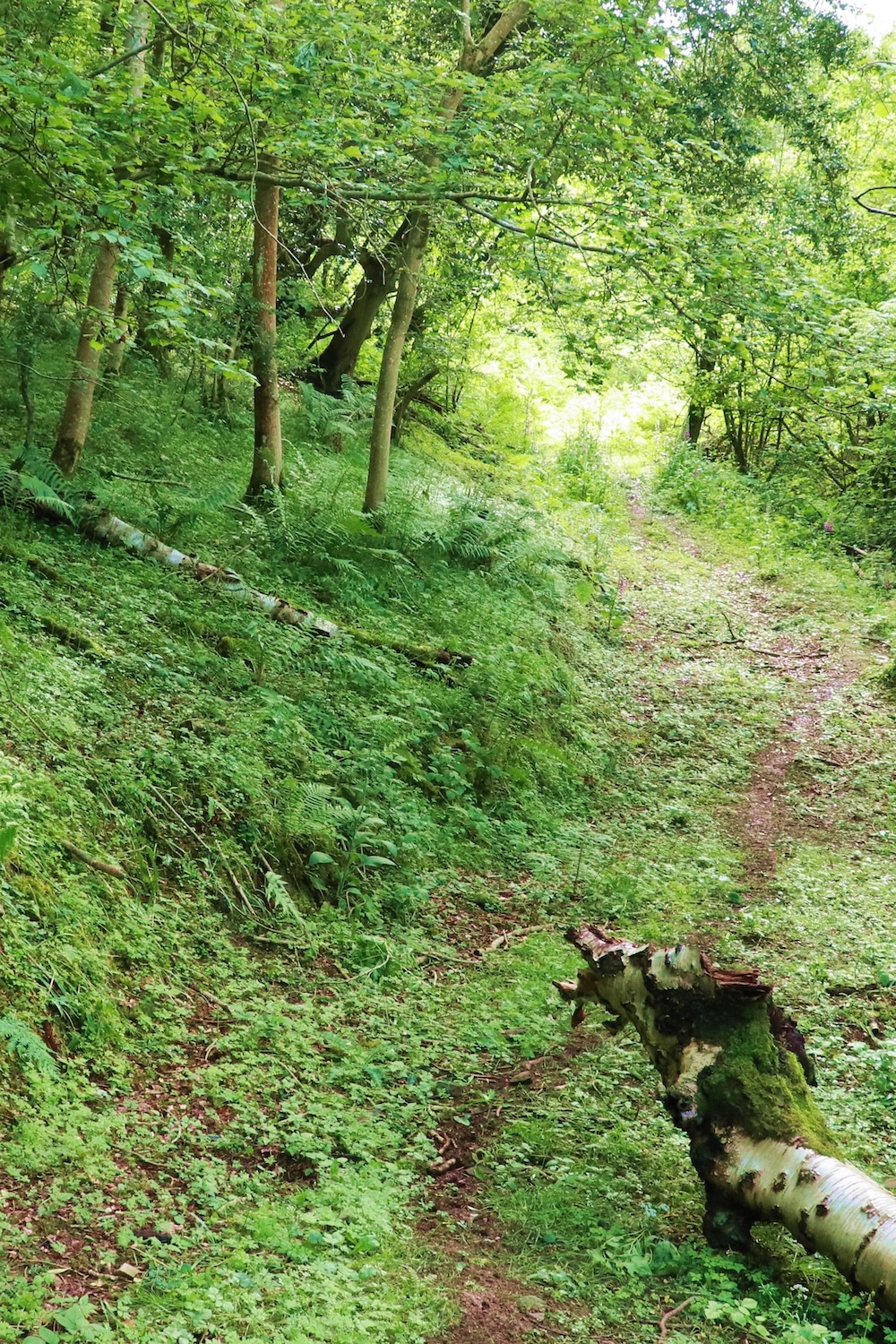
Old native woodland supports a wider range of species than any other habitat in Britain. Of course, there is not ‘one type of woodland’ and there is no ‘single management strategy’ that can be applied to all woodland, especially if the primary aim is to manage the habitat for maximum biodiversity. However, woodland provides the maximum benefit to wildlife when it is part of a wider varied habitat structure. No habitats are best in total isolation; they offer the most diversity when they blend and merge from one to another with few hard boundaries between them. Managing woodland in sympathy with its surrounding environment is likely to be best. A management strategy must be chosen that satisfies the interests of the ecology of the wood and the purposes of managing it; without doubt, this will be a compromise.
When I started out nearly thirty years ago, most, if not all, advice from experts was based on managing woodland for commercial benefit; there was very little consideration given to management for conservation and biodiversity as a priority. I was only ever interested in the latter, so I had to forge my own ideas and create my own management plan based on a limited amount of available advice. To be clear, I am not saying that woodland should not be managed for commercial value; I am just proposing that, where possible, some woodland should be managed with an emphasis on conservation and biodiversity as the priority.
This article is based on my own studies, training, learning, trials, and experience gained managing our own woodland, and aims to offer some basic guidance in defining the required objectives of owning or managing woodland, assessing the woodland structure, and in planning the ongoing management with emphasis on conservation and biodiversity. However, it should be stated that we are still learning a lot about woodland environments, especially the vital symbiotic interactions between organisms. There is changing emphasis in woodland management strategy advice but there is still considerable debate and entrenched views.
Why we need to manage woodland
It is perfectly reasonable to ask why we need to manage woodland at all if its purpose is to provide a wildlife haven. Surely, if we leave woodland to grow wild it will be at its most natural? There may be circumstances where this is the case, and a mature woodland that has reached a form of stability, such as the temperate oak rain forest in North West Wales, is best left to its own devices and only subject to monitoring and protection from alien invasive species. However, that attitude is unlikely to achieve the best biodiversity from most woodland.
What is ‘Natural’ in Britain?
The wildlife we observe today is predominantly the same as would have been seen in late Mesolithic Britain (twelve to six thousand years ago). Other than notable losses, such as bear, lynx, and wolf; introductions of animals such as the rabbit and, of course, the grey squirrel; and plants brought to Britain by early farmers and later collectors, the wildlife has not evolved or changed.
When we talk about farmland birds, we actually mean birds that no longer have their natural habitat and have adapted to living in a farmed landscape. Our wildlife has evolved over hundreds of thousands or even millions of years. It moved back into Britain twelve to eight thousand years ago after the last ice age and before the Dogger Bank flooded and Britain became an island. In contrast, we have only farmed in Britain for a little over four thousand years; no time at all in evolutionary terms. Consequently, a ‘natural’ landscape for nearly all our wildlife, is a pre-farmed one. To reproduce that, we would have to create a Mesolithic landscape over most of Britain – but we can’t; the land is needed for agriculture and human habitation and leisure. There is considerable discussion and disagreement about how much forest cover there was in Britain but what cannot be disputed is that away from the wetlands and high peaks, at different times, woodland dominated in various forms.
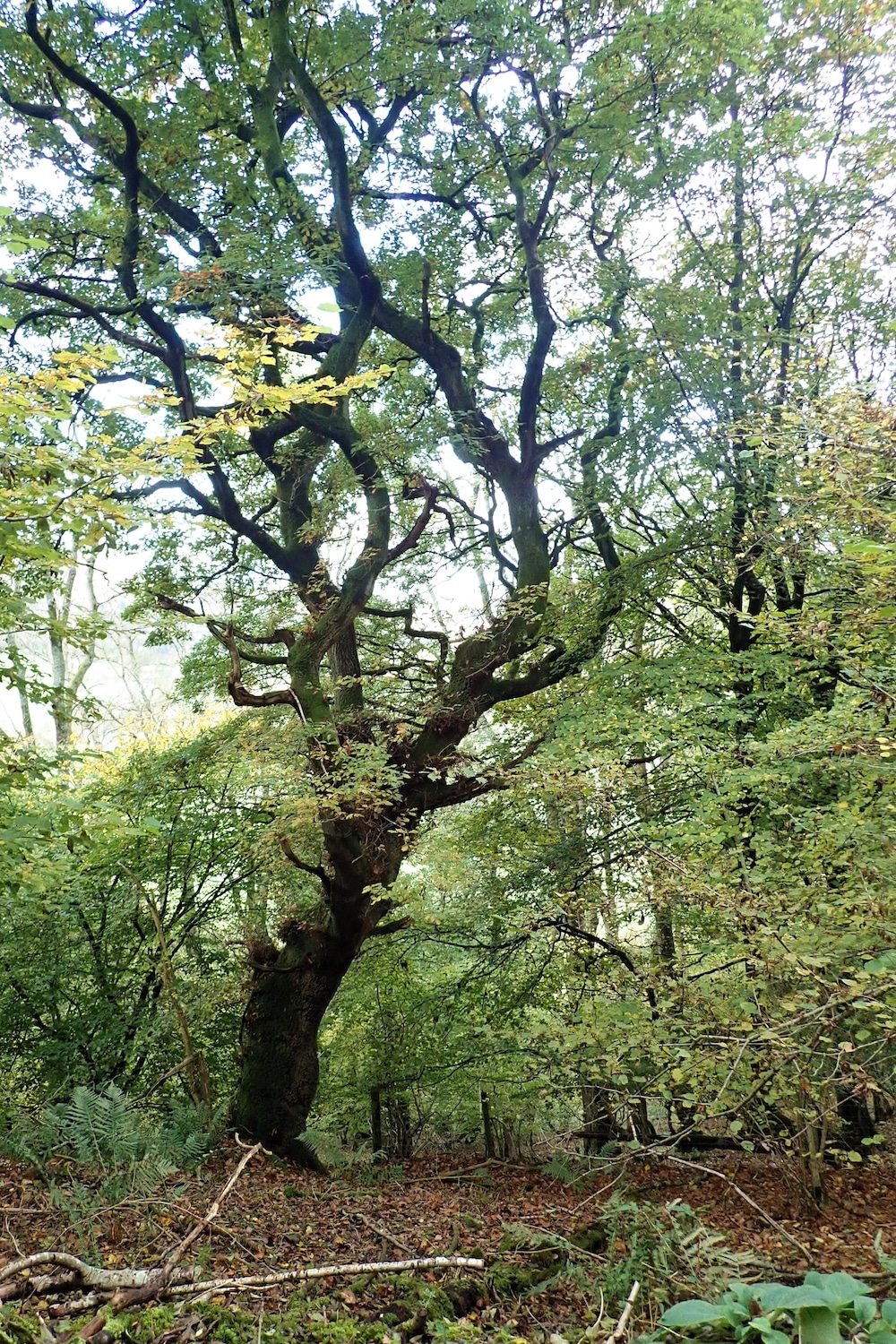
In Mesolithic times the structural range within the woodland would have been created by wind throw, storms, and fire, and would have been maintained by browsing herds. Gaps, both small and large, would have been created in the canopy cover that allowed ground flora and scrub to develop and browsing animals would have maintained that for a while. Eventually, young trees would have grown and filled the gaps again. At that time the majority of the land would have been covered with quite dense woodland which would have had scrub and grassland meadows on its borders and reed wetlands in the valleys and lowlands. Measured in our timescales the ecosystem would have looked static but, over a longer period, it would have been constantly changing.
Limitation on Habitat Generation
Such environments are not easy to recreate; smaller habitat areas cannot support the roaming herds of browsers with no barriers to movement, and we do not have large predators to control their numbers. There are large scale projects being carried out, such as the Alladale Wilderness Reserve in North Scotland and the Knepp Estate in West Sussex, but the scale of these enterprises is way beyond the resources of most of us. Left to its own devices, most land will simply revert to scrubby woodland and, later, climax vegetation which, for most of Britain, will be dense woodland of one type or another. After the last ice age, secondary succession (succession of plant material) resulted in the development of rank rough grassland, then scrub, early pioneer woodland species, mature woodland, and finally the development of old-growth forest. So, if we want to provide the maximum biodiversity, emulating a pre-farming landscape, with the relatively small amount of land available, and in a timeframe measured in years not centuries and millennia, we have to manage it and control change.
There is considerable environmental, cultural, and political pressure to increase the woodland cover in Britain. However, this is not as easy as just planting trees on waste land or even on farmland; it takes hundreds of years for the woodland ecosystem to fully develop, and ‘new’ woods will take a long time to become fully established, especially at the all-important fungal mycelium and mycorrhizal network level. We must manage the small amount of woodland we have to protect it and enhance its value as a priority. Then, the best strategy for increasing woodland cover is to expand existing sites and identify old sites and replant them. The Woodlands Trust ‘Ancient Woodland Restoration’ initiative and the identification of ‘Plantations on Ancient Woodland Sites’ (PAWS) describe the value of this process. That isn’t to say we should not plant new woodland, it is just that the best results are likely to be achieved by expanding what is there now.
Woodland Value
Woodland has immense value in commercial, social and environmental terms. The detail of how woodland should be managed will depend on the priorities of those three uses. Some woodland will be dedicated to a single use, and others will need to be managed to satisfy all three in different proportions. Compromises have to be made where woodland is required to be used for varying purposes, but it is possible to balance the management of woodland to satisfy all three. Obviously, the larger the wood, the easier it is to adopt different management strategies in different areas.
Commercial Value
Commercial use will vary from main-stream timber production to small-scale coppice craft material extraction. It could include wood produced purely for fuel, or straight-grained tall hardwood trees for building or traditional carpentry. Management strategies for the various commercial uses will vary and some are more suited to supporting conservation than others. An even-aged plantation of well-spaced tall trees with little undergrowth may well be best for timber production but provides very little biodiversity. An example of compromise is offered by the Continuous Cover Forestry Group which promotes a method of silviculture that aims to manage woodland for timber extraction as well as conservation; a link to the group is provided in the references but the basic concept of ‘Shelterwood’ is discussed later.
Social and Amenity Value
Social and amenity use will cover everything from just allowing public access for strolling through the woodland, to formal courses and training in a wide variety of subjects, and even recreational use such as cycling or paintballing! It may also include the relatively newly recognised applications of forest schools, wellbeing, and mindfulness practice. It is important to realise that frequent use by people will compromise the value of the woodland to conservation and biodiversity; how much will depend on the management processes.
Environmental Value
Woodland managed for environmental value may well have to include compromises as well. The best woodland structure for carbon sequestration may not be the best for the widest range of invertebrate species support for example. As mentioned earlier, woodland is of most value to biodiversity when it sits in, and is connected to, a wide range of supportive habitats. For example, woodland edge bordered with scrub and meadow provides a good feeding environment for many woodland-nesting bird species. Removing an area of trees to create grassland and scrub will usually provide wider biodiversity at the expense of canopy cover.
It used to be said that for woodland to survive it had to pay for itself. I would argue that, with increased emphasis on the environment, conservation and biodiversity, woodland should be seen as ‘paying for itself’ by just being there!
Part 2 – Assessing the Opportunity is next!
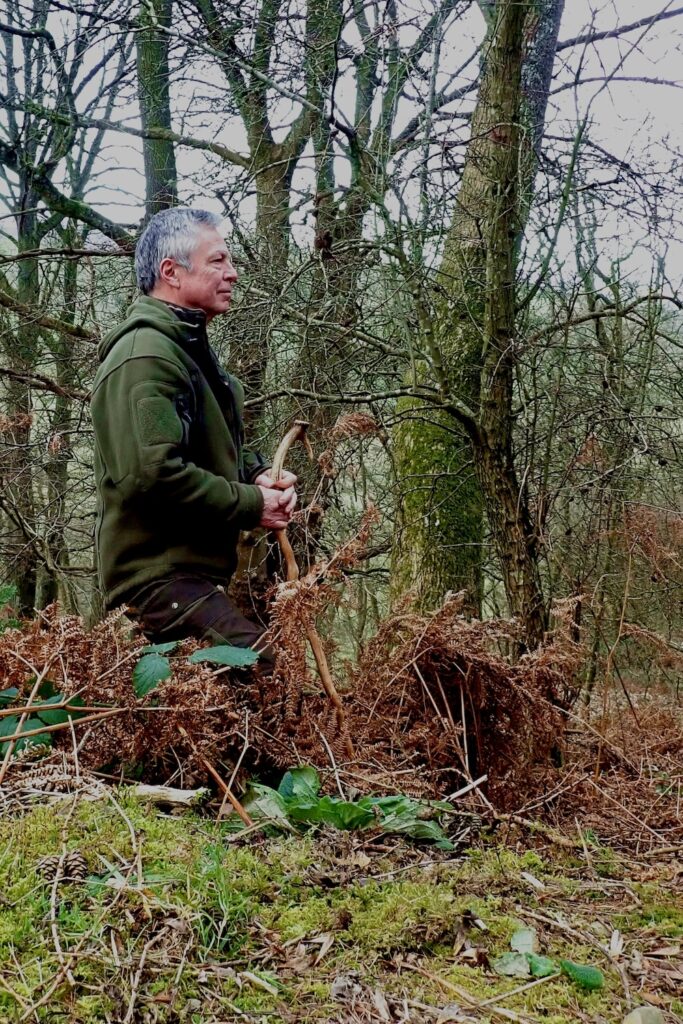
Andy Hughes has been ‘messing about’ in the outdoors since he was a toddler and has been a passionate naturalist all his life. He spent part of his childhood in North Africa where he was free to roam and explore the wild scrubland. In his teenage years Andy walked and backpacked the UK hills, often solo. In later life he has trekked in tropical jungle, African desert, and north of the Arctic Circle.
He started his working life on a farm but continued studying part-time to ‘get into’ engineering. Since 1994 Andy has lived in Mid Wales and, as well as running a small systems engineering company, has been managing native broadleaf woodland and other habitats for conservation.
He is a founding member of Montgomeryshire Habitats Management Group.

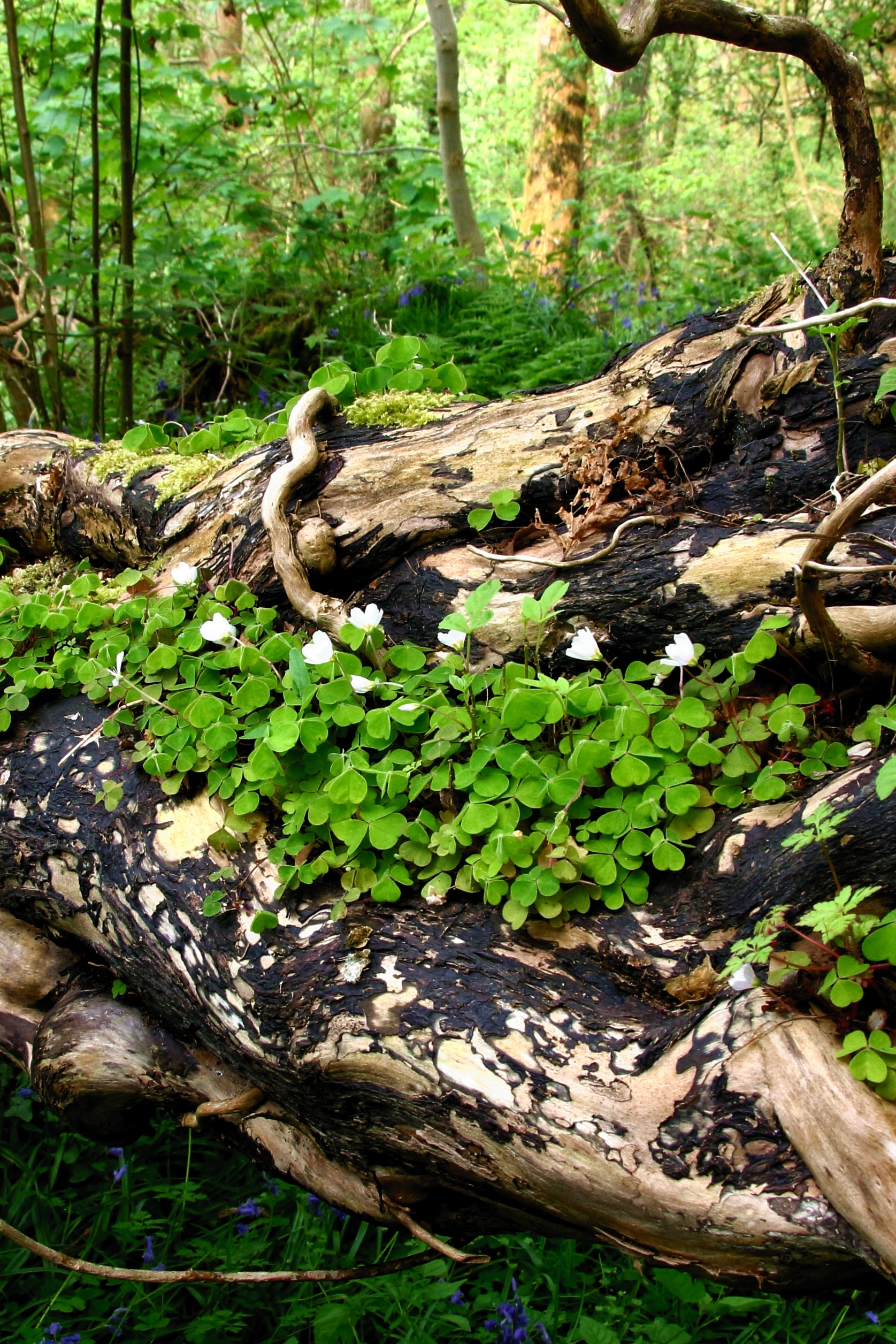

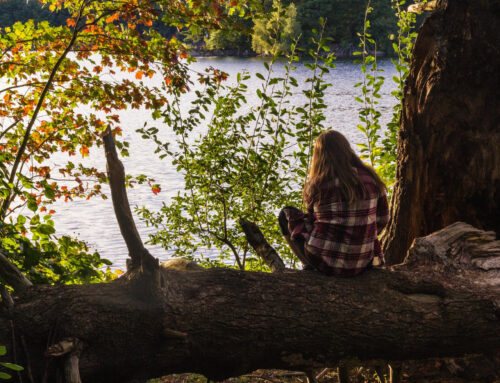

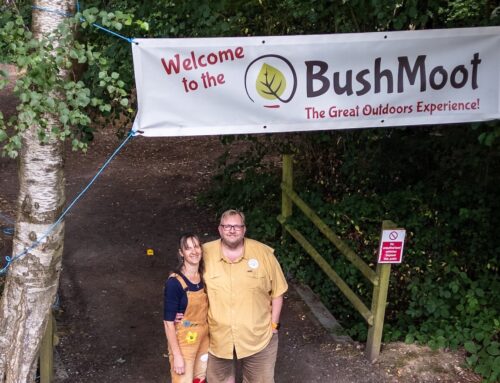
Leave A Comment
You must be logged in to post a comment.